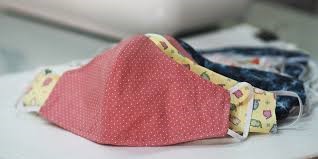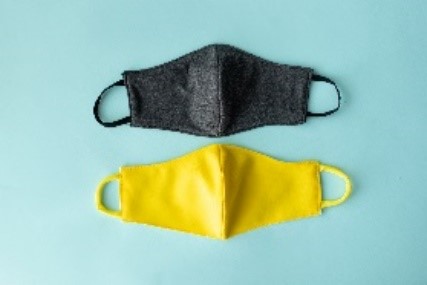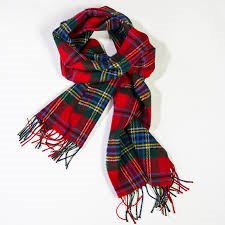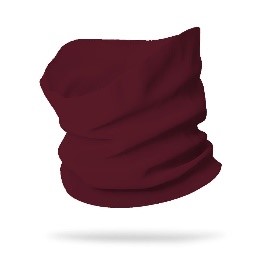A Look at 7 Masks: Which is Best?
Let’s take a look at the effectiveness of seven types of masks and discover which is truly the best for the average person to wear in public.
February 3, 2021
As we all know, masks are now required in many places—school, restaurants, and other public areas—due to the COVID-19 pandemic. While it may appear that any mask is fit for the job, this is just a common misconception. Not only are some masks ineffective, some are even worse than not having a mask. Let’s take a look at the effectiveness of seven types of masks and discover which is truly the best for the average person to wear in public. (They are in no particular order.)
Surgical Masks
Surgical masks offer protection for both the wearer, by stopping droplets from entering their nose and mouth, and others, by stopping and filtering particles from the wearer. However, these masks are not approved by the FDA for protection from COVID. They are also single-use and cannot be washed and reused. These masks, all in all, may help shield against the coronavirus, but only against fluids, not particles hanging around in the air. Surgical masks are best left to healthcare workers and aren’t the best in public, unless paired with another mask to provide another layer.
 N95
N95
The N95 mask offers much more protection than surgical masks and can filter out both large and small particles. In fact, they get their name because they can filter 95% of particles. They are very effective against COVID but should not be worn in public since they are in short supply and needed by front-line medical workers instead. Additionally, many have exhalation valves that let unfiltered air from the wearer escape, allowing others to be infected. Many places have banned them because of this.
 Fabric and Homemade Masks
Fabric and Homemade Masks
Store-bought fabric masks can be effective, especially in public, but it depends on the fabric used and the thickness of the fibers. A good rule for store-bought (and homemade) fabric masks is to hold it up to the light. If you can see through it, or see individual fibers, it probably won’t be effective unless you use another mask on top of it.  Homemade masks’ effectiveness, like store-bought fabric masks, depends on the fabric used and the number of layers. The previously mentioned test can also determine if a homemade mask is safe for use. One study done by the University of California, however, found that cotton masks may increase the number of airborne particles released by the wearer because of small fibers that break off from the mask. But, in general, both homemade and store-bought fabric masks are great for use in public if worn in several layers and might be the best option for you.
Homemade masks’ effectiveness, like store-bought fabric masks, depends on the fabric used and the number of layers. The previously mentioned test can also determine if a homemade mask is safe for use. One study done by the University of California, however, found that cotton masks may increase the number of airborne particles released by the wearer because of small fibers that break off from the mask. But, in general, both homemade and store-bought fabric masks are great for use in public if worn in several layers and might be the best option for you.
Neck Gaiters
Neck gaiters, while at first frowned upon by the CDC, are now found to be just as effective as fabric masks—so long as they are folded up to form more than one layer. A neck gaiter alone is not sufficient to provide protection against COVID because they are made up of only one layer. But if it is folded up, or paired with another mask, neck gaiters are okay to wear.
 Bandanas, Balaclavas, and Scarves
Bandanas, Balaclavas, and Scarves
To put it simply, these are not okay to wear as a substitute for a mask. They do not offer much, if any, protection from COVID. As a rule of thumb, do not wear bandanas, balaclavas, scarves, or knitted ski masks as protection from the coronavirus.
So, Which Should I Wear?
Store-bought or homemade fabric masks, with multiple layers, are the best for you to wear! They are very effective in stopping the spread of the coronavirus in public (or in school!). Surgical masks and N95 masks are best left to healthcare workers. Stay safe!
